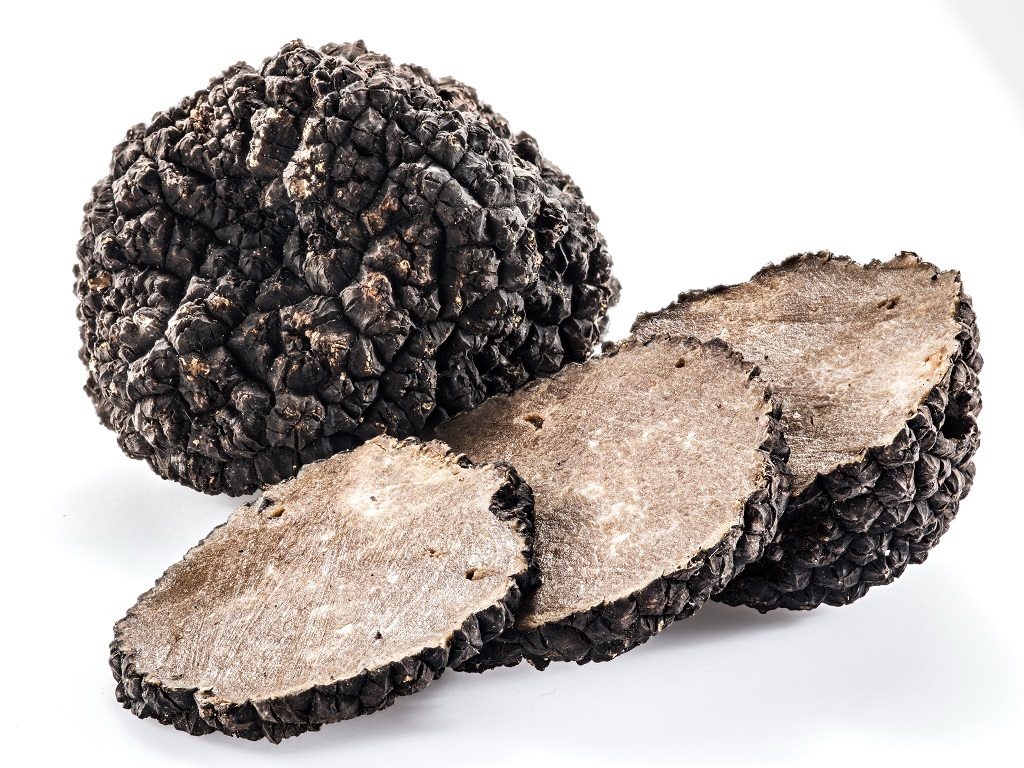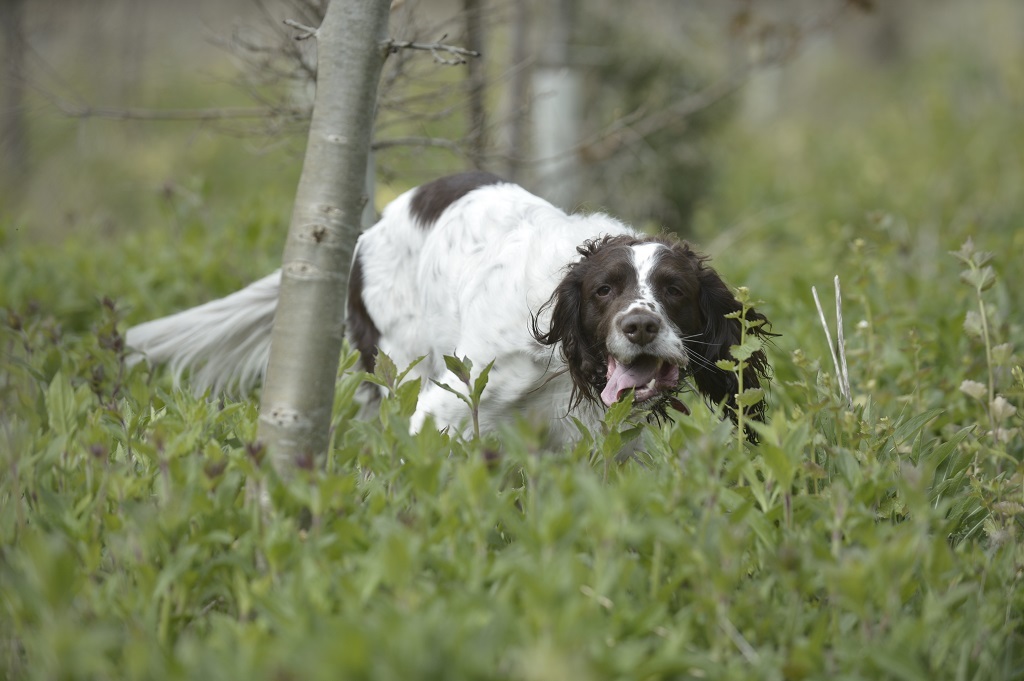
Dog’s nose can snuffle a truffle at secret farm
Truffle production in Scotland may still be in its infancy, but Edinburgh is ahead of the game and already finding buried black gold.
When you imagine hunting for truffles you may well picture a stereotypically brusque and weathered Frenchman, sporting fewer digits than he was born with, following a huge hairy pig as it grunts and sniffs its way around an ancient Provençal oak forest. Or perhaps that’s just me?
If it’s you too then you may be surprised to hear that there is a truffle plantation, in a top secret location, a mere 30 minutes’ drive from Edinburgh city centre.
Dr Paul Thomas is the scientist behind this plantation and 30 others in the UK. In fact he has trees planted in 23 countries around the world.
He explained: ‘We’ve got trees as far afield as Nepal.’
Paul provides the trees, which he creates in his facility and which have the truffle fungus growing symbiotically in their root systems. The fungus helps the tree to grow by providing nourishment and the tree gives sugar to the fungus in return. The trees – oak, hazel, beech and birch – are then planted and should produce truffles within six years.

Truffles can sell for £1000 per kilo
Paul visits each of his sites regularly to collect data from monitoring stations and keep an eye on his trees. ‘Truffles like alkaline soil, which there’s not much of in Scotland, so we dig in limestone,’ says Paul. He monitors soil moisture, temperature and water uptake in order to pool data from the Edinburgh site with those of his other sites around the world and see what he can learn.
The first Scottish truffles were found on the Edinburgh site late last year by Joyce and the talented nose of her springer spaniel Max. Training Max was easy after Joyce found his motivation.
‘Max knows that if he indicates a truffle he will get his tennis ball,’ says Joyce. ‘He’s worked out that it’s quicker to find a truffle than find a tennis ball.’
Because the Edinburgh plantation is fairly new, Joyce will plant ‘hot-pots’ – little boxes with a tiny bit of truffle in them – for Max to find. This ensures that he gets his reward and keeps him motivated.
Last year, Max found around 12 trees that were producing around 24 truffles, weighing around half a kilo in total. But it’s still early days for the Edinburgh plantation, which was planted in 2011, so it may be several years before it goes into full production.
‘It really is like looking for a needle in a haystack,’ laughs Joyce. ‘But we do it for the sheer joy of it.’ Max certainly seems to be having fun as he runs around manically, with his nose pressed tight to the ground.

Springer spaniel Max is trained to sniff out truffles
Truffles are a valuable commodity, with prices as high as £1,000 per kilo, but we’re not the only species who prize their rich, umami flavour.
‘Boars will take them,’ says Paul. ‘Although there are no boars here, squirrels and mice will certainly take the odd one. Truffles want to be eaten – that’s why they smell so good and that’s how they distribute their spores.’
The truffles growing in Scotland are native to the
UK. This variant is mainly found in Europe but the best ones come from Northern Europe. The UK, Sweden and the mountains of Romania produce the most intense flavours, while the ones grown in Italy and southern Spain are milder with less aroma.
The first truffles Max found in the Edinburgh plantation went to Inver restaurant in Argyll and Tom Kitchin in Edinburgh.
‘The plan is to keep the truffles found here local,’ says Paul. ‘When you lift them out of the ground the flavour diminishes quickly, so the quicker you get them to the restaurant, the stronger the flavour.’
Pam, who runs Inver, was delighted to use Scottish-grown truffles. ‘The truffles arrived in December 2017. If you’re the sort of cook who likes to be able to engage with ingredients whose provenance you know well, it’s amazing to finally add the very special flavour of truffle to the Scottish larder.’
Find out more by clicking HERE.
TAGS

